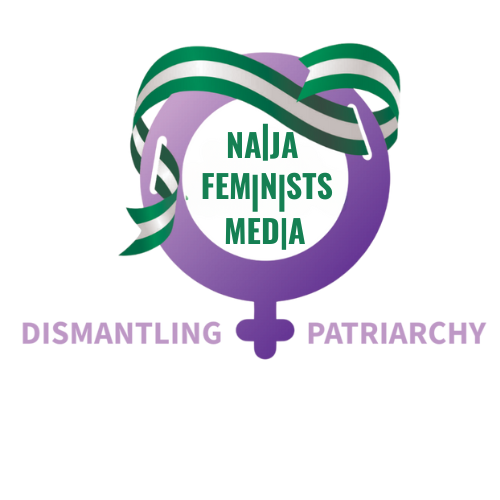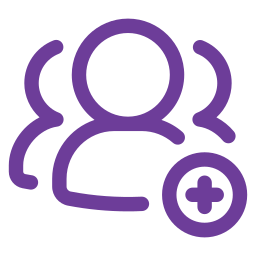|
Getting your Trinity Audio player ready...
|
Summary
The World Health Organization has rolled out its first-ever global guideline for pregnant women living with sickle cell anaemia to address the high risk of critical health challenges during pregnancy. Recommendations include adjustments for malaria-endemic areas, the adoption of iron supplements and folic acid, and prophylactic blood transfusion use.
To reduce the growing health challenges of pregnant women diagnosed with Sickle Cell Anaemia, the World Health Organization (WHO) has rolled out its first-ever global guideline on the management of sickle cell during pregnancy.
Sickle cell anaemia is a severe form of inherited blood disorder called sickle cell disease. It affects the shape of the red blood cells, which carry oxygen to all body parts. In sickle cell anaemia, the red blood cells have a deformed shape of a crescent moon, which slows down oxygen and blood flow. The symptoms include: pain crisis, frequent infections, swelling of hands and feet, and fatigue.
In Nigeria, sickle cell disease significantly contributes to maternal deaths in the country. According to The Guardian, Nigeria recorded the highest number of sickle cell anaemia globally.
WHO also noted that, “Women with SCD face a 4-to-11-fold higher risk of maternal death than those without. They are more likely to experience obstetric complications like pre-eclampsia, while their babies are at greater risk of stillbirth or being born early or small.”
Thus, the organisation’s new guideline provides twenty recommendations, including adjustments for malaria-endemic areas, the adoption of iron supplements and folic acid, prophylactic blood transfusion use, the prevention of infections and blood clots, and additional monitoring of the woman’s and baby’s health throughout pregnancy.
“With quality health care, women with inherited blood disorders like sickle cell disease can have safe and healthy pregnancies and births,” Dr Pascale Allotey, Director for Sexual and Reproductive Health and Research at WHO and the United Nations’ Special Programme for Human Reproduction, said.













